A brief history of e-cigarette sales in the U.S.
E-cigarettes started being sold in the U.S. in 2007 in a completely unregulated market. Early ads made sweeping claims about e-cigarettes not only being “safer” and “healthier” than traditional cigarettes, but also touting e-cigs as an effective quit smoking aid. None of these claims had any scientific basis.
The e-cig industry experienced a boom with the launch of JUUL in 2015, an innovative vaping product that came in fruit and candy flavors, could be used discreetly, and utilized nicotine salts which gave users the same kind of head rush a cigarette provides. Despite JUUL’s claim to be a product designed for smokers struggling to quit, their launch campaign featured young models wearing bright colors with the tag line, “Get Vaporized,” and was pushed out on social media platforms favored by youth.
Unsurprisingly, by 2018 JUUL became a consumer product used by a larger percentage of teenagers and young adults than adult smokers. In the face of thousands of lawsuits, in September 2022 JUUL agreed to pay $440 million to 33 states to settle claims that they marketed their products to teens.
After JUUL’s demise, hundreds of other vape brands in myriad flavors, disposable and refillable, sleek and colorful, teeming with nicotine and using nicotine salts, began to capture the youth customer base JUUL had created. By 2018, high school student tobacco use soared to the highest level in nearly two decades—30.6%—with 27.4% using vaping products. Even though the youth tobacco use rate has decreased significantly since 2018, still more than 1 in 5 high school students use tobacco in New York.
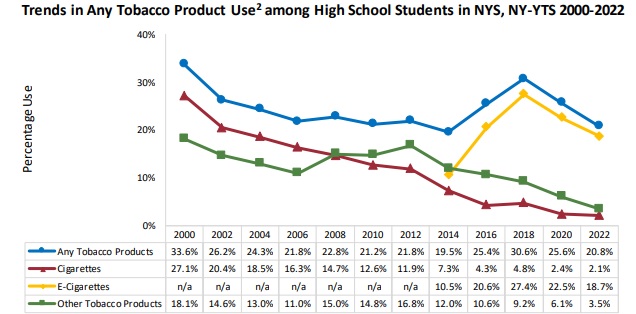
“Any Tobacco Product” refers to the products that were asked about in the YTS year. Cigarettes, cigars, and smokeless tobacco have been monitored since 2000. Bidis and kreteks were included from 2000 to 2010. Pipe was included from 2000 to 2008, and again in 2014. Hookah was included beginning in 2008 and E-cigarettes were included beginning in 2014. “Other Tobacco Product” refers to any product other than cigarettes or e-cigarettes. Current tobacco use is defined as use on one or more days in the past 30 days.
Source: New York State Youth Tobacco Survey 2000-2022.

New York State Response
In 2020, New York State banned the sale of nicotine-based flavored e-cigarettes, an action that helped reduce high school student tobacco use to 20.8% and e-cig use to 18.7% in 2022, a significant decrease from 2018 but still an alarmingly high youth use rate.
One of the biggest obstacles to continued success in reducing youth vaping are loopholes in the law that prevent effective enforcement and allow youth access to these products to continue. Learn more about what these loopholes are and efforts to close them in 2024. View the 2025 Senate bill here and the Assembly version here.
Get the facts
Over time, research has revealed significant risks associated with vaping for both young people and adults. While much remains unknown, here’s what we do know:
- Youth who vape are at increased risk for cancer, heart-related problems, lung disease and respiratory illnesses, and a lifelong addiction to nicotine. Short-term, vaping can cause difficulty concentrating, increased irritability, moodiness and sleep problems.
- Vaping may be less dangerous to health than cigarettes, but that’s doesn’t mean it’s harmless.
- Vapes have not undergone sufficient testing to establish whether or not they are an advisable cessation aid for adult smokers.
- Whether or not vapes prove to be an appropriate harm reduction tool for established tobacco users, preventing the continued use of vapes by young people requires additional regulation.
- Vape waste contains plastics, electronics and chemical waste defined by the EPA as acute hazardous waste and poses a growing environmental threat.
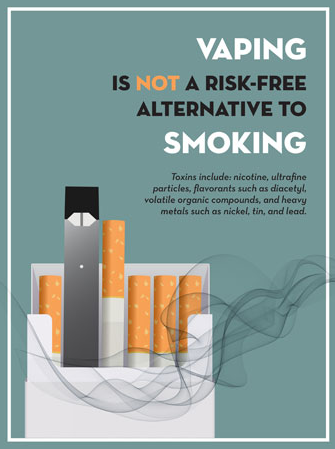
Impact of youth vaping on schools
With nearly one in five high school students regularly vaping, schools have been forced to respond and have been playing a central role in confronting and addressing the problem. Hear directly from local educators and school administrators about the daily impact of student vaping in the video to the left.
Resources for parents, teachers and school administrators
Health effects of vaping
- 5 Vaping Facts You Need to Know | Johns Hopkins Medicine
- Health Risks of E-Cigarettes and Vaping | American Lung Association
- Can vaping damage your lungs? What we do (and don’t) know – Harvard Health
- Is Vaping Better Than Smoking? | American Heart Association
Limitations of vaping as quit smoking aid
E-cigarette waste and the environment
- Vape Waste: The environmental harms of disposable vapes | Public Interest Research Group
- Vapes are Trash | Parents Against Vaping E-cigarettes
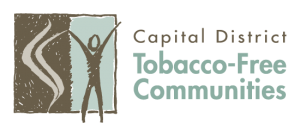
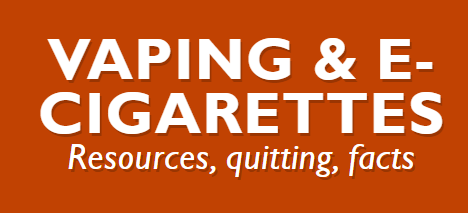
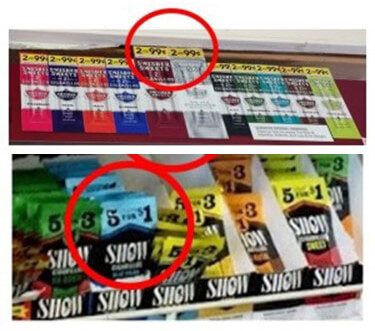
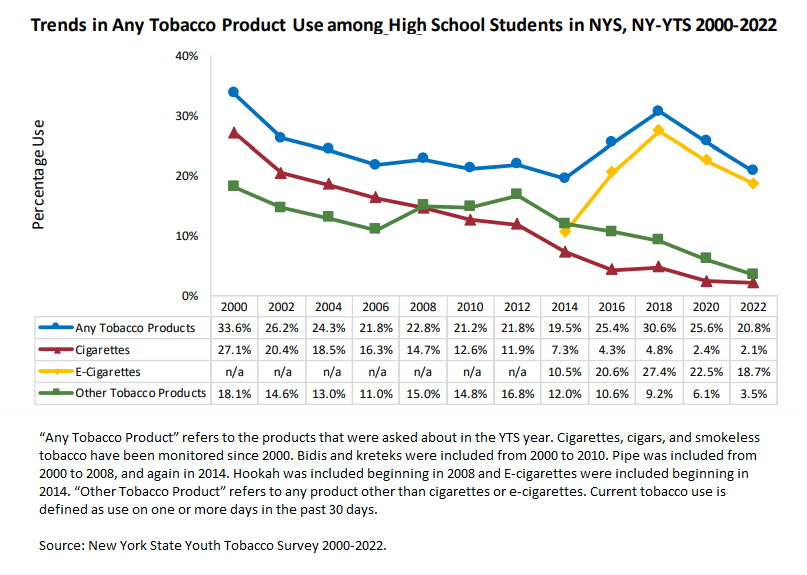
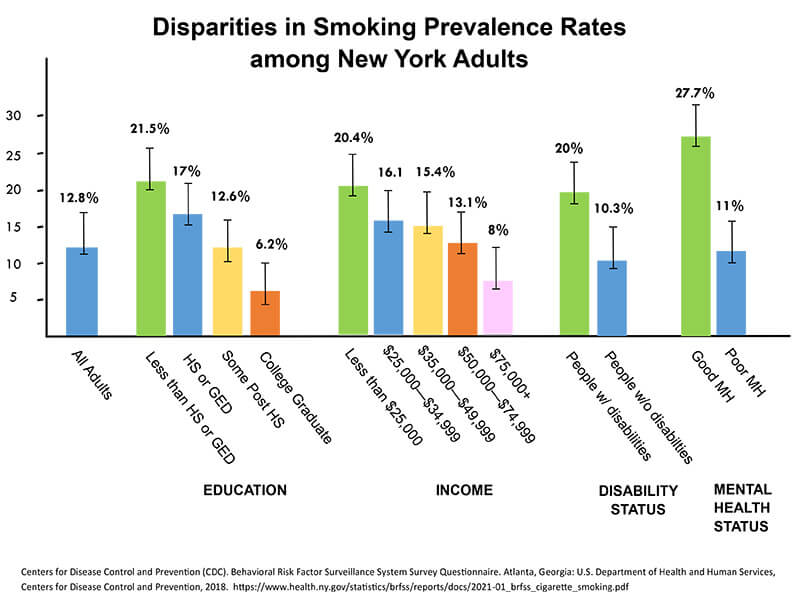
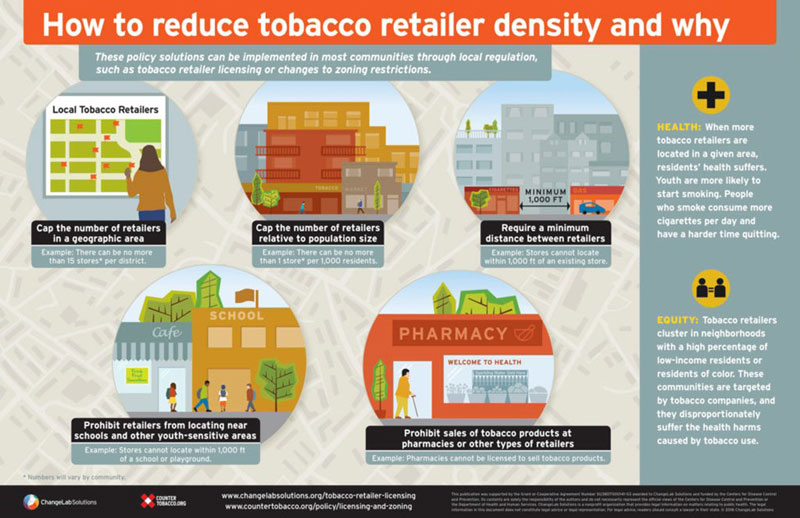


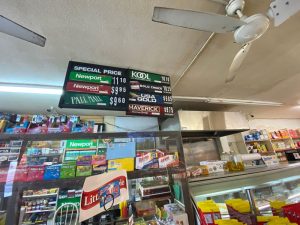
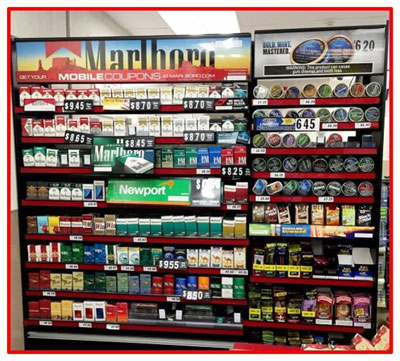 To the left is a typical tobacco product display. If you don’t use tobacco, you may not even notice, but kids do. Kids see. Kids notice. Kids remember. In fact, kids are more than twice as likely as adults to notice and remember retail tobacco marketing.
To the left is a typical tobacco product display. If you don’t use tobacco, you may not even notice, but kids do. Kids see. Kids notice. Kids remember. In fact, kids are more than twice as likely as adults to notice and remember retail tobacco marketing.